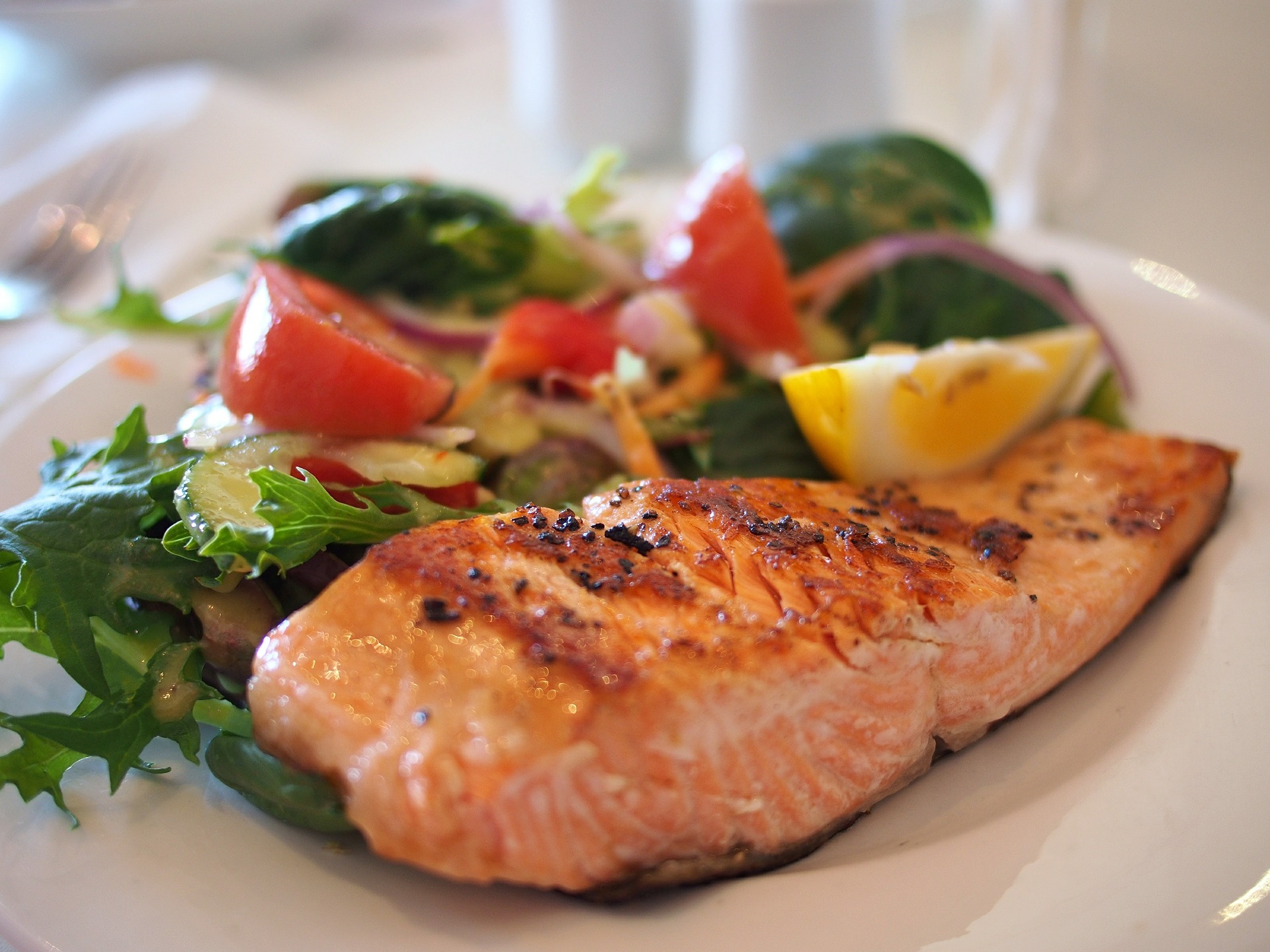In the September issue of Consumer Reports On Health, the long-standing consumer organization gives advice on “How to Eat Healthier – No Willpower Required.” The article opens with a brief acknowledgment that people’s tendencies to choose unhealthy food over more nutritious options isn’t an internal problem (what they call “willpower”). Instead, Consumer Reports points to “changes in our environment” that can make it easier to eat better foods. They then list five tips for changing your environment in such a way as to encourage healthy eating. Those tips include:
CUSTOMIZE DISHES AND CUPS
By plating food on smaller dishes, bowls, and cups, you can influence portion size. Citing research by Cornell University professor Brian Wansink, Ph.D., they suggest using larger plates for vegetables and smaller plates for grains, meats, and sweets.


COLOR-CODE YOUR MEALS
Consumer Reports claims that including a variety of colorful foods on your plate can “improve nutrition and tempt your palate.” They suggest using the colors of foods as possible indicators of nutrition. They add that bright vegetables such as tomatoes and chard can make a dish more appealing.
MAKE HEALTH FOODS VISIBLE
This is the simple idea of making healthier foods more visible in the refrigerator, cupboards, and pantry. For example, if you store your vegetables in the bottom crisper drawer, you are unlikely to reach for them when opening the refrigerator for a snack. Storing healthy foods in clear containers and unhealthy ones in opaque containers helps, too.

“Let food be thy medicine and medicine be thy food” ~Hippocrates

MAKE IT LOOK NICE
Consumer Reports references research from the Culinary Institute of America suggesting visual appeal influences subjective taste experience: the more visually appealing, the better the reported taste.
EAT ONLY AT THE TABLE
The article cited correlations between eating location and body mass index (BMI). People who ate at the table also had lower BMIs, and people who ate while watching television had higher BMIs. Moreover, distracted eating is correlated with consuming more calories.

The Consumer Reports article does not identify behavior analysis but it does place heavy emphasis on the environment as an influencing factor in behavior, specifically food-related decisions. You can find more of Dr. Wansink’s research on food behavior-environment relationships here, and let us know what you think in the comments below!









